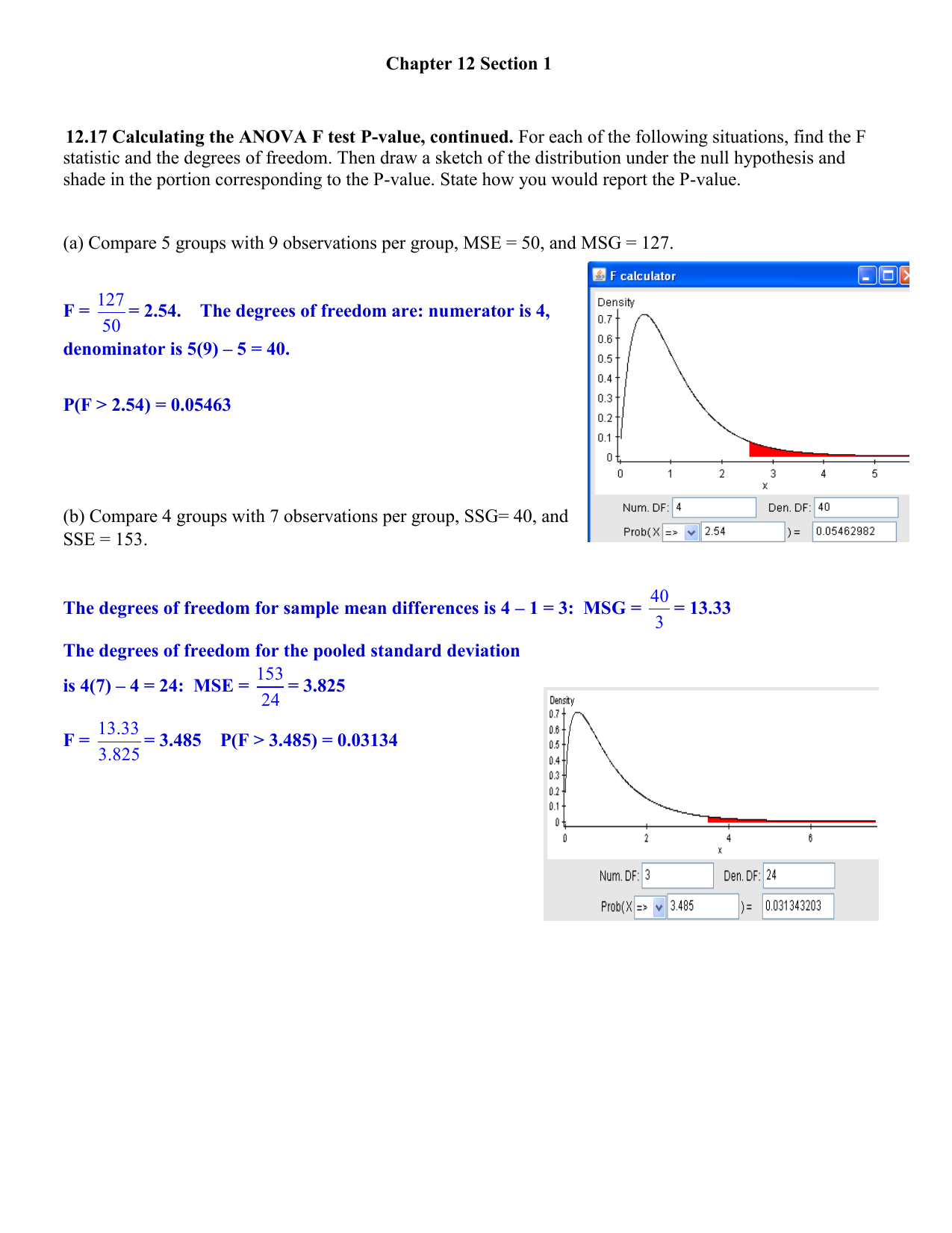

Cell ranges are defined with square brackets, like "". The actual value of a number is stored in two cell attributes called "office:value-type" and "office:value" formulas, instead, are inside “table:formula” attributes. Each sheet is a two dimensional table (whose cells contain numbers, strings or formulas) inside that file.Įach row in those tables is an element called "". The actual data are in a file called content.xml.
#OPENOFFICE CALCULATE P VALUE ZIP#
What’s inside an OpenDocument spreadsheetĪn ODF spreadsheet is just a compressed zip archive. The general procedure, shown in the diagram, is explained in Why and how the OpenDocument format can save you a lot of time! and works even with data that aren’t stored in some database, or when you must change text, not just numbers. If your raw data and the layout of the required spreadsheet have a constant structure, it only takes a bit of shell and Perl scripting to generate automatically a new ODF spreadsheet with the same layout whenever the raw data change. There is no reason to suffer and waste time with such chores only because somebody wants a “real”, editable spreadsheet with plenty of nice charts. Luckily, the flexibility and openness of ODF make tasks like this very easy.


This is perfectly acceptable if it’s a one-time task, but what if your boss demands a new version of that spreadsheet, with fresh data, every day? The standard solution in such cases is to import all the raw data in programs like Calc or Gnumeric, enter by hand all the related formulas, generate charts, format everything to taste and email the result to whoever needs it.
#OPENOFFICE CALCULATE P VALUE HOW TO#
Scripts and utilities like gnuplot could be very useful in such cases, except when the results needs to be a normal spreadsheets with charts and formulas, which is both editable and compatible with people who only know how to deal with spreadsheets in office suites. My answer is merely intended to suggest a way of thinking about the problem that may not have occurred to you.Sooner or later, many of us need to process some numeric data in plain text format, be they system logs or sales totals, and to generate reports and charts out of those data. You could solve $a/(a+b) = 9/10$ for $b = a/9$ and use $a$ to control the uncertainty around the mean of 9/10. The distribution for $T$ by the change of variables formula: Once you have that distribution (more on this later), you can compute Let $f(\alpha)$ denote that distribution. Rather than compute a "confidence interval" based on a sampling distribution (which, as noted by others, is not possible), you can compute a probability distribution for $\alpha$ based on whatever you may know from any source. Since this is a real business situation, you must bring whatever additional information you can to the problem. As noted in the comments, the fraction could be anywhere between 0 and 1, Your "sample" of 5000 tells you nothing directly about this fraction. You are uncertain about the fraction $\alpha$ of Word users who open the file. Let me state the problem a bit more formally. Nevertheless a decision must be made - which may be simply to acquire more information for the time being.

The optimal decision should take this uncertainty into account.Īs others have noted, sampling theory does not apply here and a confidence interval cannot be computed. As I understand it, there is a business decision that depends on the total number of file openings which in turn depends on the unknown fraction of Word users who open the downloaded file.


 0 kommentar(er)
0 kommentar(er)
